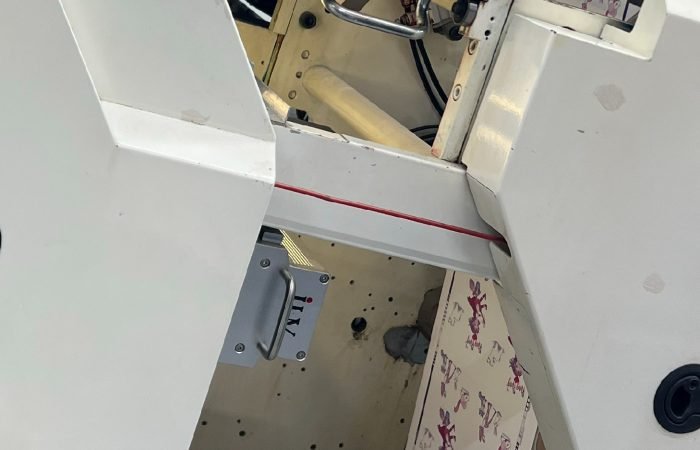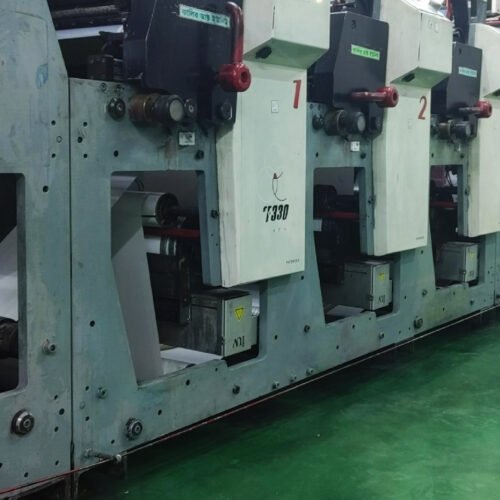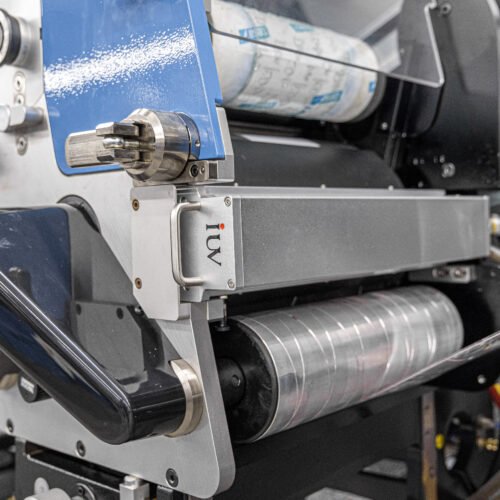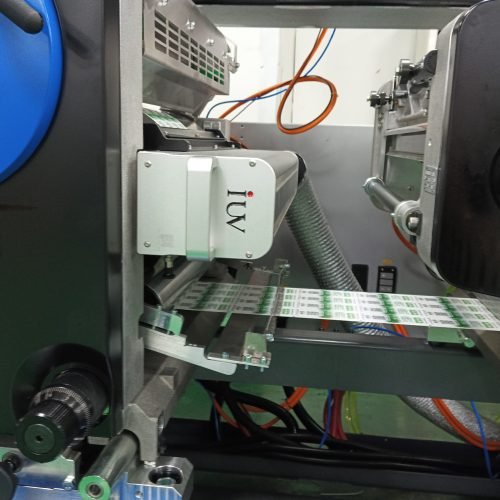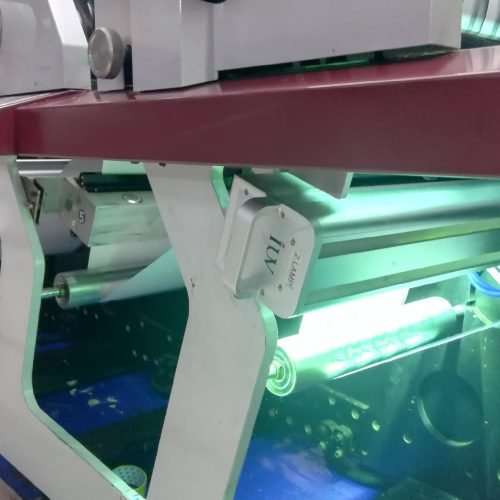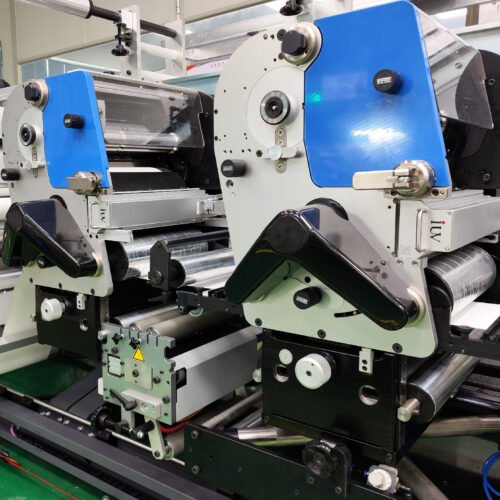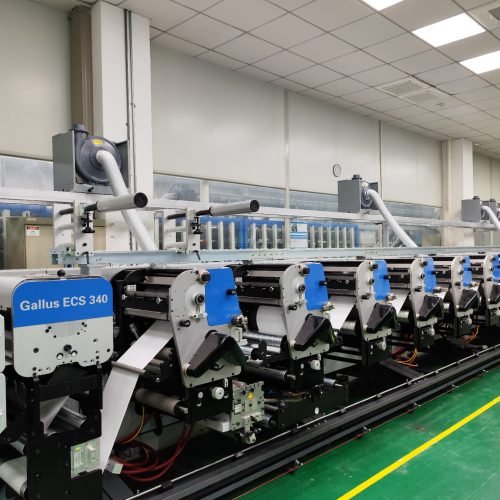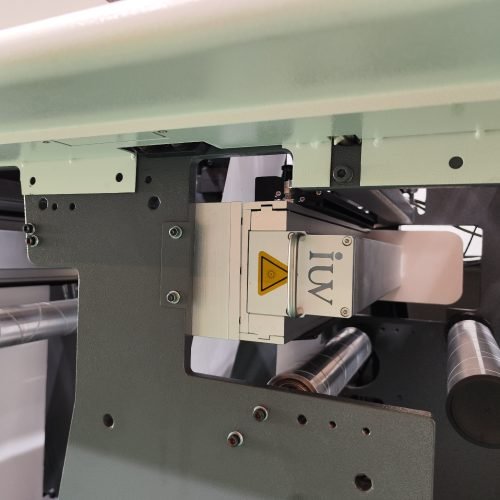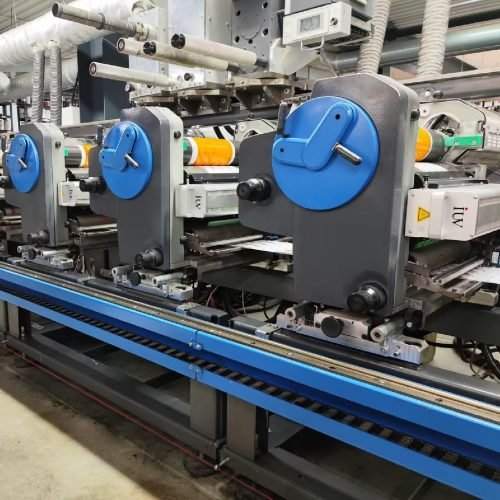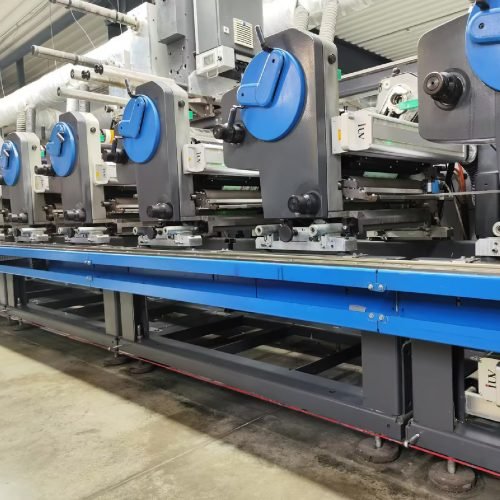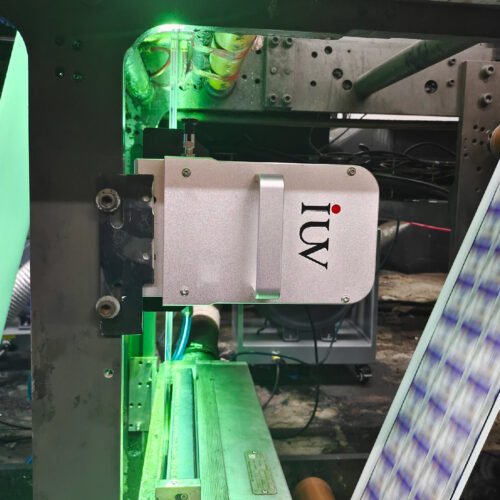LED curing systems are revolutionizing ink drying on flexible substrates. This advanced technology offers a powerful solution to persistent challenges in the printing industry. Specifically, it addresses the unique demands of narrow web printing. Labels and flexible packaging often rely on these faster, more efficient methods. Understanding the nuances of LED UV curing is paramount for optimizing production.
Flexible materials present unique drying requirements. They can be sensitive to heat and prone to stretching. Traditional drying methods, like hot air ovens, can sometimes lead to substrate deformation. This can negatively impact print quality and registration. Furthermore, slower drying times reduce overall throughput. This directly affects profitability in a competitive market.
This is where LED UV curing technology truly shines. Unlike conventional mercury vapor lamps, LED systems emit a very specific wavelength of UV light. This light is precisely tuned to initiate the polymerization of UV-curable inks and coatings. The result is an almost instantaneous cure. The ink essentially transforms from a liquid to a solid, fully cured state in a fraction of a second.
The benefits for narrow web printing are significant. Consider label printing, a major application. Labels often require vibrant colors and crisp details. The rapid, low-heat curing of LED systems ensures that the ink remains precisely where it was printed. This prevents unwanted spreading or blooming. It maintains the integrity of fine text and intricate graphics. This level of control is crucial for producing high-quality labels that meet demanding brand standards.
Flexographic printing, also known as flexo, heavily utilizes narrow web presses. Flexo is a versatile printing process well-suited for flexible packaging and labels. The ability to cure inks instantly with LED technology allows for faster press speeds. This directly translates to higher productivity. Additionally, UV-curable inks used with LED systems are often more durable. They resist scuffing, scratching, and chemical exposure. This is vital for products that endure rough handling or exposure to various environmental factors.
Offset printing, or lithographic printing, also benefits from UV curing, though less common in typical narrow web applications compared to flexo. For wider format applications or specific niche label printing, UV offset inks cure rapidly. This means printed sheets can be handled immediately after printing. This eliminates the need for inter-station drying delays or extensive cooling. The precision of offset printing combined with the speed of UV curing creates a powerful combination.
The energy efficiency of LED curing systems is another compelling advantage. Traditional UV lamps consume a considerable amount of energy. They also generate significant heat, which can necessitate costly cooling systems. LED lamps, on the other hand, are far more energy-efficient. They convert a much higher percentage of electrical energy into UV light. They also produce very little wasted heat. This leads to substantial savings on electricity bills. It also contributes to a more sustainable printing operation.
Heat sensitivity of flexible substrates is a major concern. Many films and foils used in flexible packaging cannot tolerate high temperatures. LED UV curing operates at a much lower temperature than traditional methods. This gentle curing process protects the integrity of the substrate. It prevents warping, shrinkage, or degradation. This is a critical factor for maintaining the aesthetic appeal and functional performance of the final printed product.
The spectrum of light emitted by LED lamps is also controllable. This allows printers to select the optimal wavelength for their specific ink formulations. Different inks are designed to cure at different UV wavelengths. LED technology provides the flexibility to match the lamp output precisely to the ink chemistry. This ensures efficient and complete curing every time. This minimizes the risk of uncured ink, which can lead to adhesion issues or migration problems.
Narrow web presses are designed for high-speed, continuous production. The integration of LED curing systems aligns perfectly with this design philosophy. The instant cure means there are no bottlenecks in the drying process. Ink is dry as soon as it’s printed. This allows the press to run at its maximum speed without compromise. This operational efficiency is a significant competitive differentiator for printers.
The environmental impact of printing is also a consideration. UV-curable inks, when cured properly, are very stable. They contain no volatile organic compounds (VOCs) that evaporate into the atmosphere. This makes them an environmentally friendly alternative to some solvent-based inks. LED curing further enhances this benefit by minimizing energy consumption.
When implementing LED UV curing systems, several factors should be considered. The specific type of flexible substrate is important. The ink formulation must be compatible with UV curing and the specific LED wavelength. The placement and power of the LED lamps on the press are also critical. Proper ventilation and safety precautions are always necessary when working with UV light.
In summary, LED curing systems offer a superior method for drying inks on flexible substrates, particularly within the narrow web printing environment. They enhance print quality, increase production speeds, and reduce operational costs. The technology addresses the inherent challenges of printing on heat-sensitive and dimensionally unstable materials. For label printing, flexographic applications, and other narrow web printing needs, adopting LED UV curing represents a forward-thinking investment. It ensures competitiveness and sustainability in today’s demanding print market. This innovation is key to overcoming ink drying obstacles.

